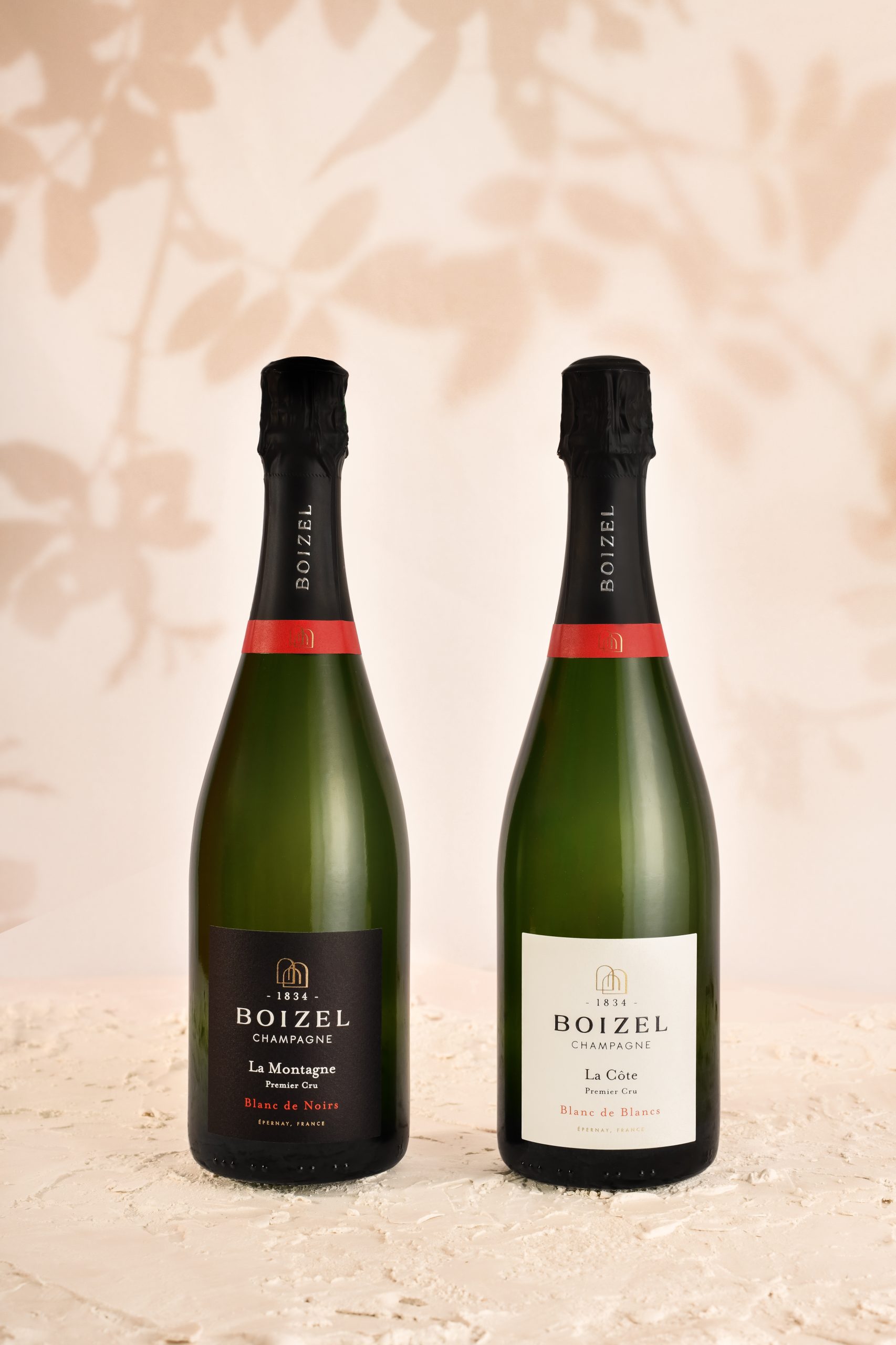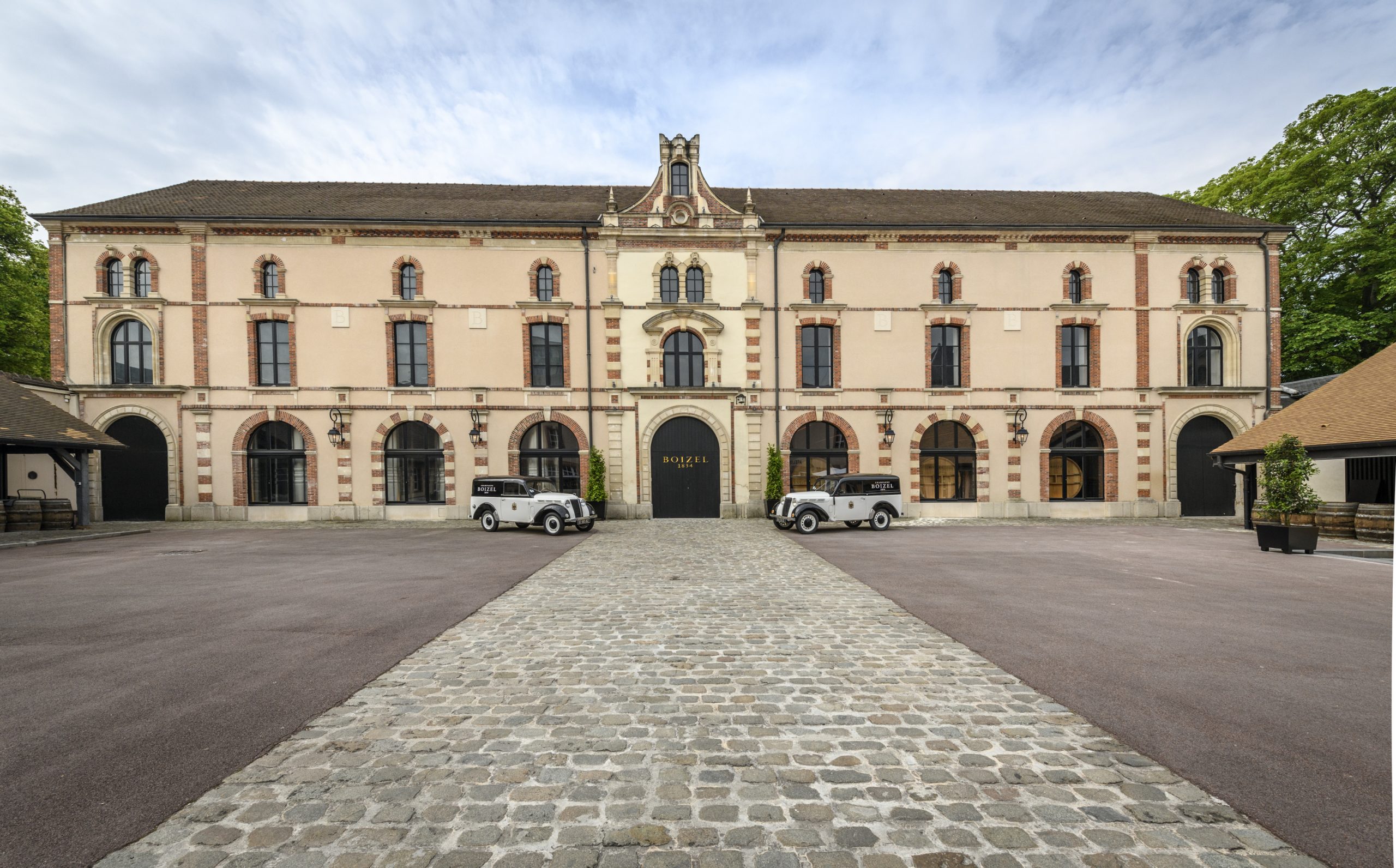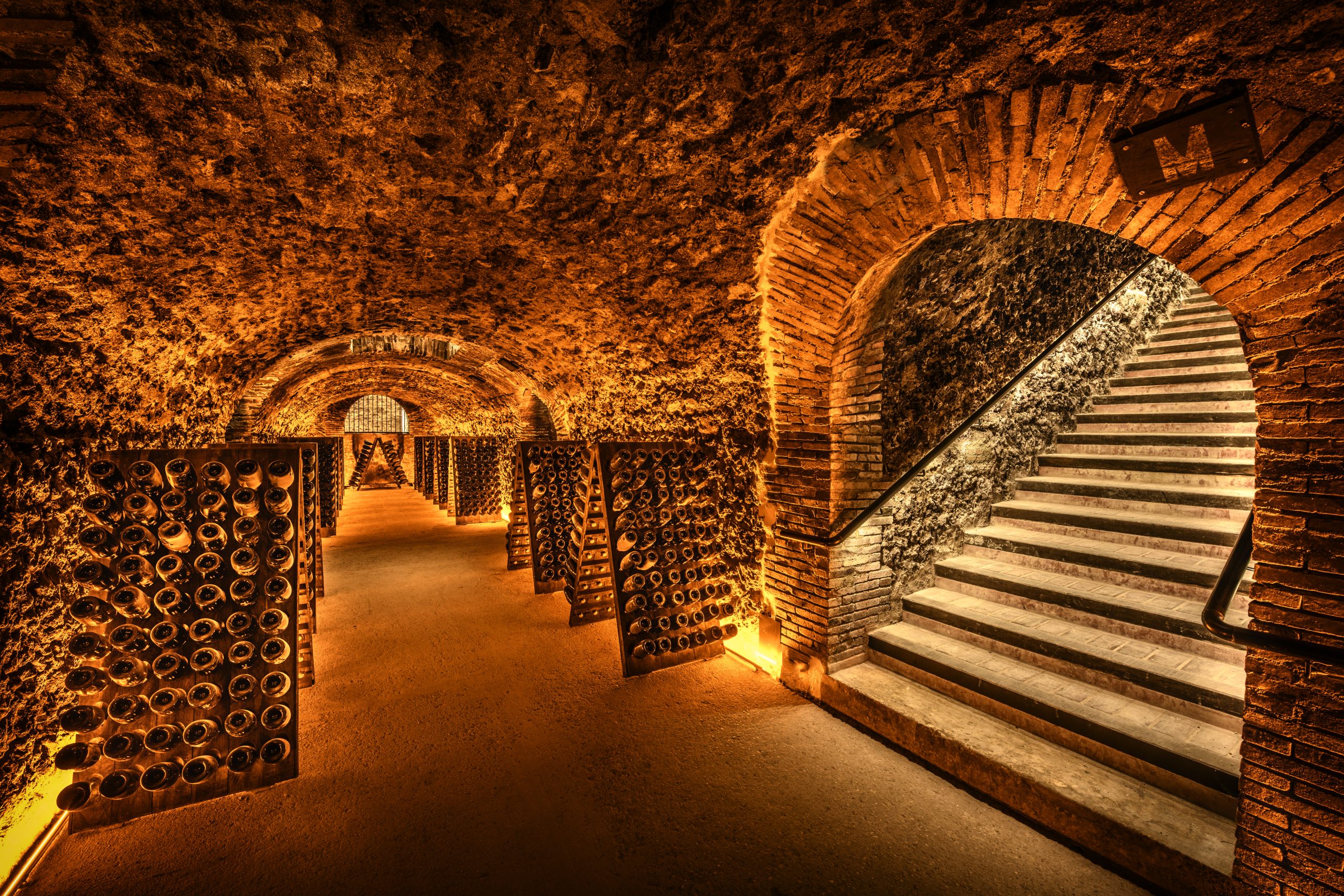This website uses cookies so that we can provide you with the best user experience possible. Cookie information is stored in your browser and performs functions such as recognising you when you return to our website and helping our team to understand which sections of the website you find most interesting and useful.
Boizel matches regions to varieties in La Côte and La Montagne
Two recent cuvées from Champagne Boizel prove why subregions have signature varieties in a land where “terroir is sometimes underestimated.”
Among the releases from Champagne Boizel, which has freshly inked a distribution deal with Majestic in the UK, sit two recent cuvées. La Côte 1er Cru Blanc de Blancs and La Montagne 1er Cru Blanc de Noirs last year joined an impressive archive of cuvées that go beyond the ordinary in Champagne.
For many houses, that would be a metaphor. Not so for Champagne Boizel: at the heart of its property sits the Trésor cellar, a repository of bottlings that stretches back to 1834, the very first vintage. These two expressions join an illustrious archive.
They build on a tradition rooted in Champagne’s finest terroirs. The house’s founders, Auguste Boizel and Julie Martin, were pastry chefs, but her ancestors were winegrowers and her dowry included a survey contract in Mareuil-sur-Aÿ.
The couple set up Champagne Boizel-Martin in neighbouring Épernay, and the house has since expanded across Champagne. Champagne Boizel currently owns seven hectares, including vineyards in the esteemed grand crus of Avize and Le Mesnil-sur-Oger. Its partner growers, meanwhile, span the Côte des Blancs, Montagne de Reims and Vallée de la Marne subregions.
As well as a connection to some of Champagne’s most famous terroirs, Champagne Boizel has a history of innovative expressions. As early adopters of both the brut style, dating to 1872, and the blanc de blancs in 1929, it has pedigree for cuvées led by quality rather than fashion.

Led by Champagne terroirs
Each of Champagne Boizel’s latest creations begins with a simple proposition: a grape variety and a sub-region. For La Côte 1er Cru, the narrative is Chardonnay sourced from premier and grand cru villages from the Côte des Blancs. La Montagne 1er Cru mirrors its vineyard quality, but instead uses Pinot Noir from the Montagne de Reims.
For Florent Roques-Boizel, the family’s sixth-generation CEO, selecting only premier and grand cru sites noticeably enhances the character of the wines. “The main difference,” he says “is the chalky subsoil giving wines with salinity, racy acidity and freshness. We also notice that they keep more balance in particularly warm vintages.”
Without being tied to single villages, however, the wines can express a number of terroirs. In doing so, they offer a snapshot of the regions in a complex expression. Although Champagne Boizel is open to single-village expressions in the future, these two cuvées are designed to express both the overall characters of the subregions and the subtleties contained within them.
In La Côte, for instance, Champagne Boizel provides a headline tasting note of racy structure and fullness, emblematic of the great Chardonnays of the Côte des Blancs. Yet it also sees a specific role for each village. It attributes the floral notes to Chouilly, the minerality to Mesnil-sur-Oger, the power to Avize and the elegant fruitiness to Vertus.
“Our idea for these wines,” says Roques-Boizel, “is to work on blends, but from a specific subregion in Champagne. We believe blending gives us more possibilities to reach optimum quality each year and also bring more complexity.”
Building on Champagne Boizel’s history
Launched in September 2023, the two wines represent an evolution of its previous blanc de blancs and blanc de noirs expressions. They keep the focus on grape variety, but add the nuances that come from their iconic terroirs. Although, for instance, La Montagne 1er Cru is pressed very gently to create a perfectly white wine, it bears both Pinot Noir and La Montagne de Reims’ hallmarks. Its ripe orchard and red fruit is characteristic of the variety, while the wine’s combinations of freshness and full body is common to the Montagne de Reims.
Moreover, as non-vintage wines, the focus can remain on terroir with less concern for Champagne’s capricious vintages. Indeed, it might give terroir a moment in the spotlight when vintage variation often dominates discourse.
“I would say vintage has a stronger impact, especially in our region where each year is so unique, but terroir has also a strong influence of course,” says Roques-Boizel. “It is sometimes underestimated due to the tradition of blending.”
Although Champagne Boizel is still nodding to the Champagne tradition of blending, It is that sense of terroir and regionality that lead. La Côte 1er Cru and La Montagne 1er Cru even in name, they are unabashedly of their region.
For a house always willing to try a new style, but rooted in the heart of Champagne, it is a fitting evolution of Champagne Boizel’s range. The Trésor cellar may have to make room for a couple more bottles.

Related news
On the twelfth day of Christmas
Burgundy 2023 en primeurs: cautious optimism
Château Siran pays tribute to Queen Elizabeth for 2022 vintage


